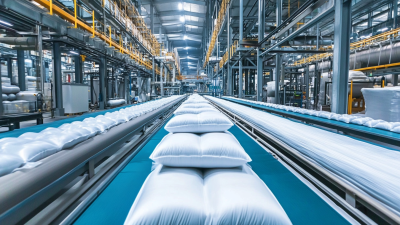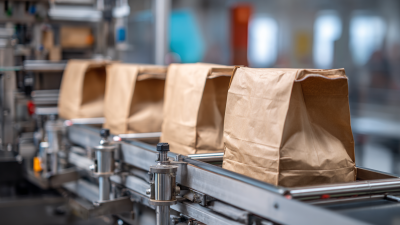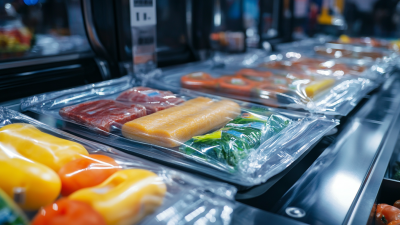The 138th Canton Fair in 2025 presents a pivotal opportunity for the packaging industry, particularly in the realm of Printed Composite Bags. According to a recent report by Smithers Pira, the global flexible packaging market is projected to reach USD 300 billion by 2025, with composite bags becoming increasingly favored due to their versatility and sustainability. Printed Composite Bags not only meet consumer demands for high-quality branding but also contribute to reduced environmental impact through efficient material usage and recyclability.
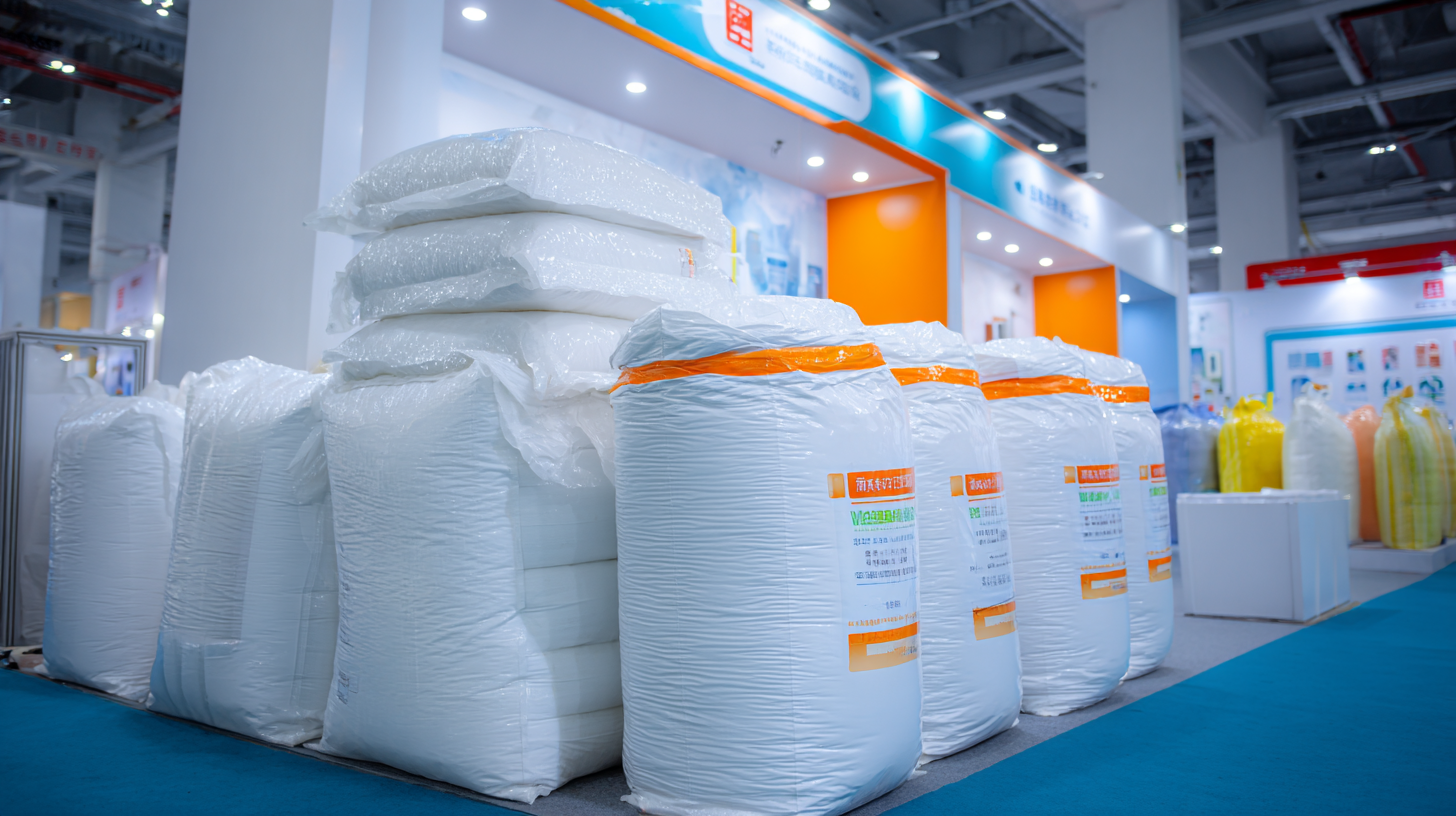
The modern packaging landscape is witnessing a transformative shift with the rise of printed composite bags, particularly as industries seek innovative solutions to enhance product visibility and appeal. As consumer preferences evolve, the demand for aesthetically pleasing and functional packaging has surged, with printed composite bags emerging as a frontrunner. These bags not only provide robust protection for products but also serve as a canvas for creative branding, making them a valuable asset in competitive markets.
Furthermore, the increasing emphasis on sustainability in packaging solutions has amplified the appeal of printed composite bags. Designed to offer both durability and eco-friendliness, these bags align with consumer demands for responsible packaging options. The rising global food packaging market, projected to reach over $815 billion by 2032, presents a significant opportunity for printed composite bags to thrive. As manufacturers innovate and adopt these modern packaging solutions, the potential for growth in this segment will be substantial, reflecting a broader trend towards environmentally conscious packaging in various sectors.
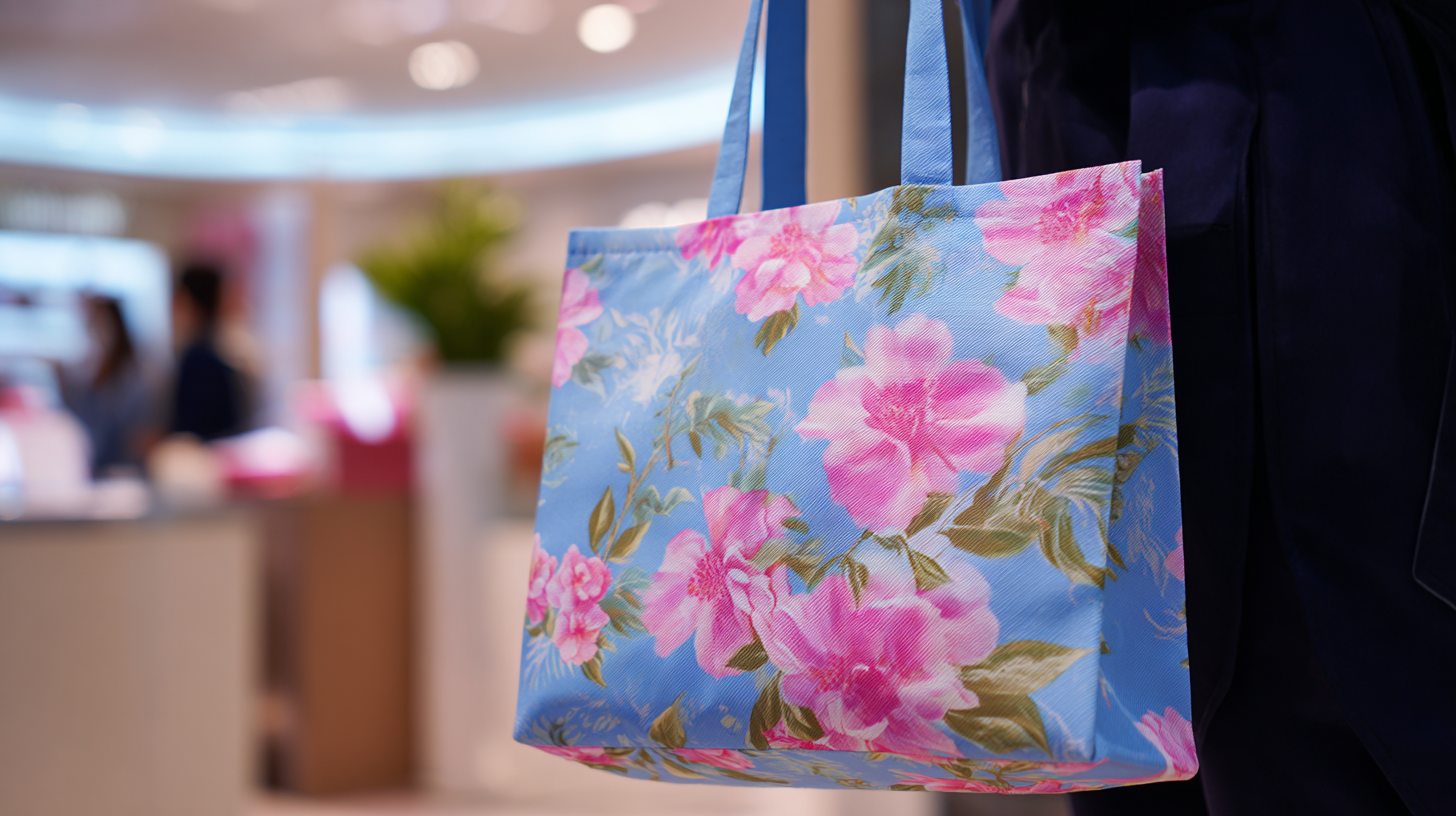
At the 138th Canton Fair in 2025, the spotlight on printed composite bags highlights the innovative designs that are redefining packaging standards. According to a recent market analysis by Smithers Pira, the global market for flexible packaging, including composite bags, is projected to reach a value of $300 billion by 2025, growing at a CAGR of 4.5%. This growth is driven by increasing consumer demand for sustainable and functional packaging solutions that cater to a wide range of products from food and beverages to cosmetics.
One of the most compelling trends observed in composite bag designs is the integration of eco-friendly materials like biodegradable polymers and recyclable components. This shift not only caters to the growing consumer preference for sustainability but also aligns with regulatory changes aimed at reducing plastic waste. A report by Grand View Research indicates that the global biodegradable packaging market is expected to expand at a CAGR of 15.2% from 2021 to 2028, emphasizing the relevance of composite bags in this evolving landscape. The innovative designs on display at the Canton Fair will likely feature vibrant prints and customized options, providing brands with unique opportunities to enhance their product appeal while remaining environmentally conscious.
This bar chart illustrates the innovative trends in composite bag designs showcased at the 138th Canton Fair, highlighting the diversity in material usage and design preferences.
The environmental impact of printed composite bags is becoming increasingly significant as industries strive for sustainable practices. These bags, commonly made from a combination of materials like polypropylene and polyethylene, offer durability and versatility, making them a popular choice for packaging. However, their production and disposal present challenges in terms of environmental sustainability. The 138th Canton Fair 2025 serves as an important platform to promote innovations that address these concerns, showcasing companies that are committed to reducing their carbon footprint through eco-friendly manufacturing processes.
Innovative advancements in the production of printed composite bags can mitigate their negative environmental effects. For instance, manufacturers are now exploring biodegradable options and recycled materials to replace traditional plastics. This shift not only reduces waste but also encourages a circular economy where materials are reused and repurposed. The fair will highlight these sustainable alternatives, providing a unique opportunity for businesses to network and collaborate on green initiatives that prioritize the planet. By focusing on the environmental impact of printed composite bags, the industry can lead the way in fostering a more sustainable future in packaging.
| Factors | Impact Level | Sustainability Score | Recyclability (%) | Carbon Footprint (kg CO2e) |
|---|---|---|---|---|
| Material Source | High | 8.5 | 70 | 2.5 |
| Manufacturing Process | Medium | 7.0 | 60 | 3.0 |
| End-of-Life Management | High | 9.0 | 80 | 1.5 |
| Consumer Awareness | Medium | 6.5 | 50 | 4.0 |
| Regulatory Compliance | High | 8.0 | 75 | 2.0 |
The increasing trend towards sustainability and aesthetic appeal in packaging is making printed composite bags an attractive option for both businesses and consumers. According to a report by Smithers Pira, the global market for flexible packaging is expected to reach $300 billion by 2025, with printed bags accounting for a significant share of this growth. These bags not only provide superior strength and durability compared to traditional paper bags but also offer vibrant printing capabilities that enhance brand visibility and consumer engagement.
Businesses can leverage printed composite bags to convey their branding effectively while also appealing to eco-conscious consumers. Research indicates that 70% of consumers are more likely to purchase products packaged in sustainable materials. Printed composite bags offer a balance of versatility and environmental responsibility, with many options now made from recyclable materials. Moreover, the customization potential helps brands to differentiate themselves in a competitive marketplace, fostering brand loyalty and attracting new customers through visually appealing designs. This dual advantage makes printed composite bags a pivotal element in modern packaging strategies.
The 138th Canton Fair in 2025 promises to be a pivotal event for industry professionals, especially in the packaging sector. With a spotlight on printed composite bags, attendees will have the unique chance to engage with leading figures in packaging innovation. This environment fosters collaboration, inspiring new ideas and strategies that can drive forward the development of sustainable and efficient packaging solutions.
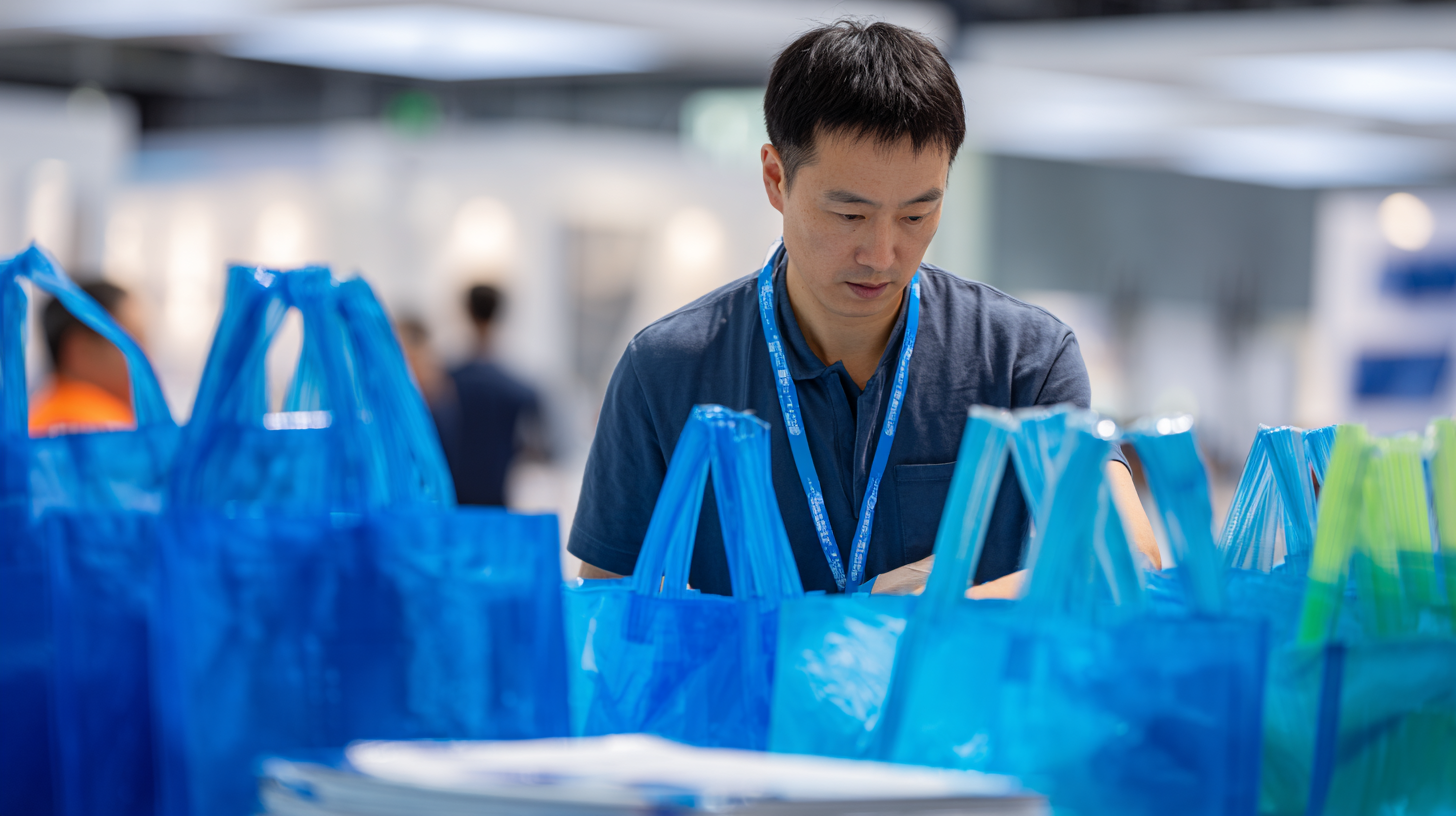
Networking at the Canton Fair goes beyond casual introductions; it's an immersive experience where relationships are built on shared knowledge and objectives. Participants can connect with industry leaders, explore partnerships with suppliers, and gain insights into market trends, all while discussing the evolving landscape of packaging materials. As the sector faces increasing demands for eco-friendly solutions, these interactions will play a crucial role in shaping the future of packaging.
